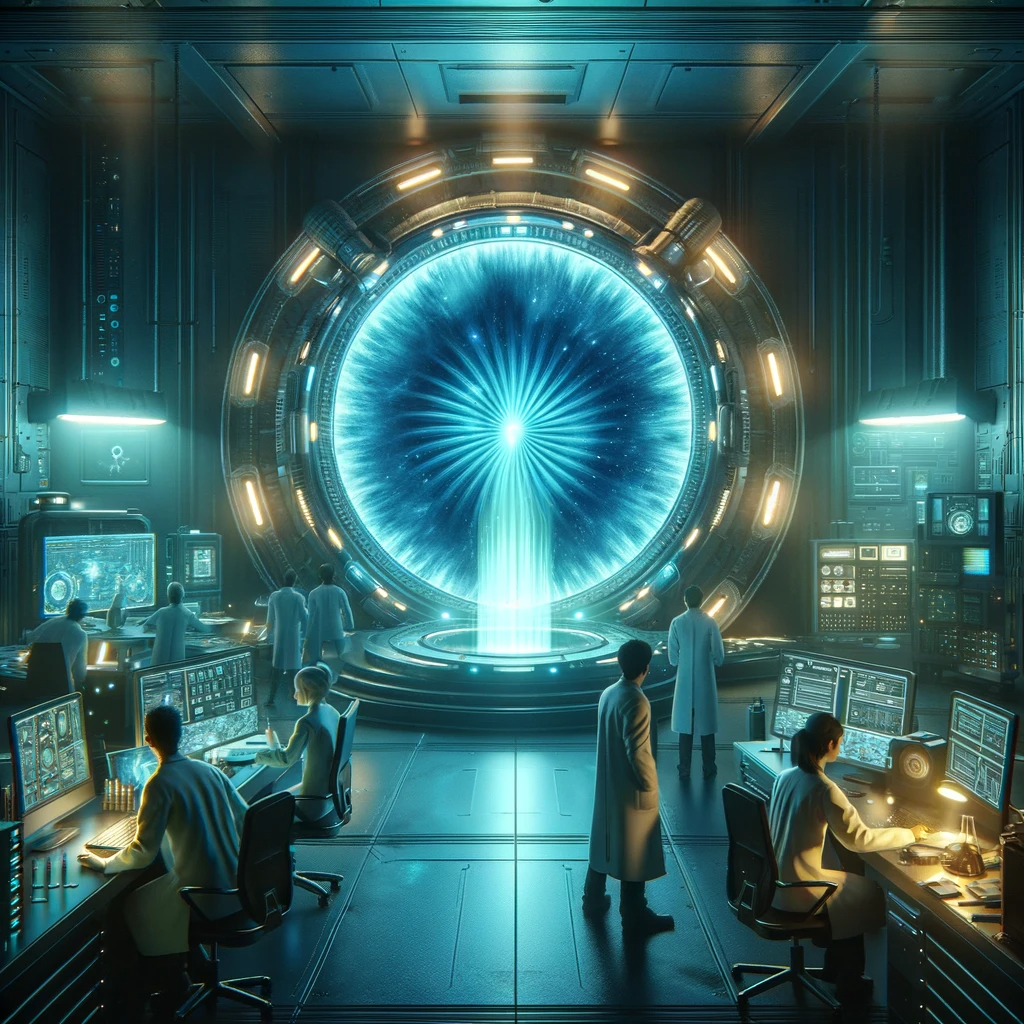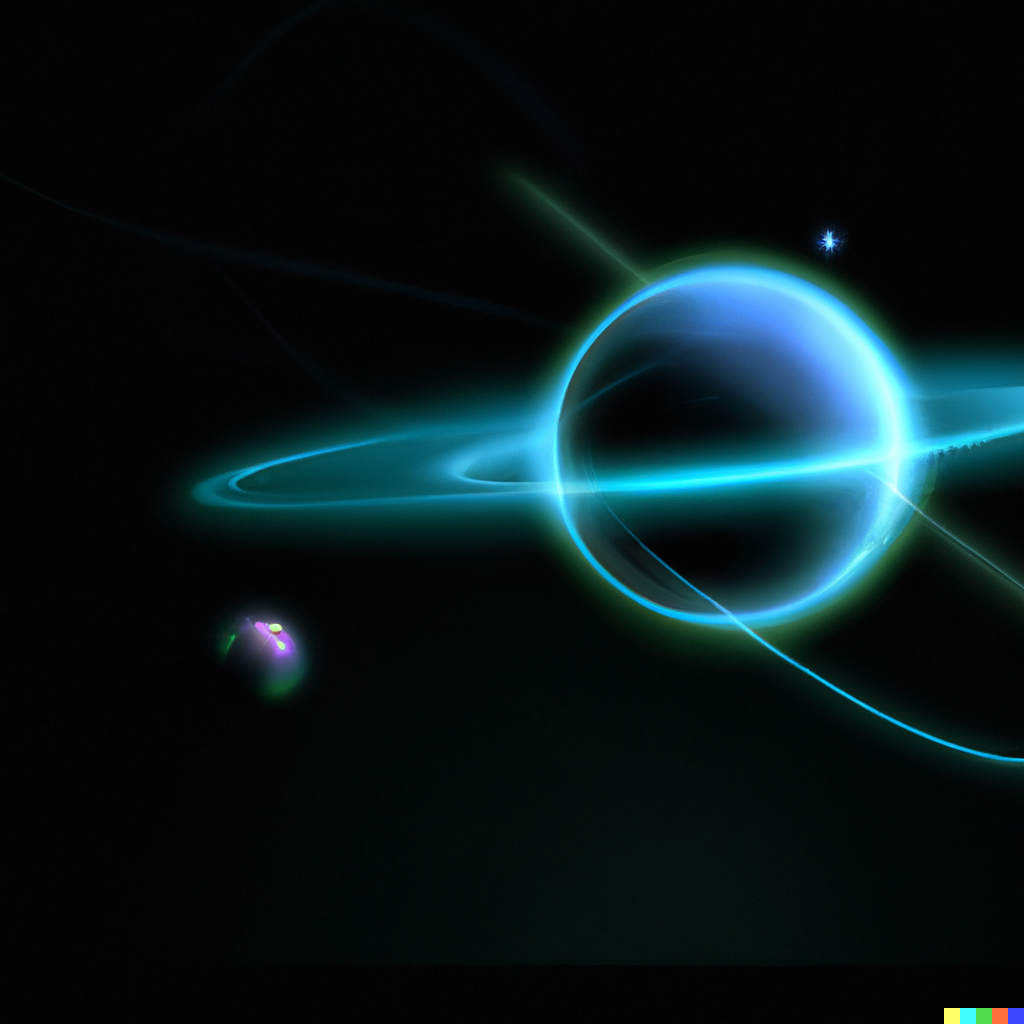Particle physics is a branch of physics that studies the behavior and interactions of subatomic particles. Some specializations in particle physics include:
- High-Energy Physics: The study of the behavior and properties of particles at very high energies, often achieved through particle accelerators.
- Particle Astrophysics and Cosmology: The study of the properties and interactions of particles in the context of astrophysics and cosmology, including dark matter, dark energy, and cosmic rays.
- Neutrino Physics: The study of the properties and behavior of neutrinos, which are electrically neutral, weakly interacting particles that are produced in large quantities by the sun and other astrophysical sources.
- Collider Physics: The study of the behavior and properties of particles in particle colliders, which are used to create high-energy collisions between particles.
- Flavor Physics: The study of the behavior and properties of particles that exhibit different “flavors,” such as quarks and leptons.
- Quantum Chromodynamics: The study of the strong force, which governs the behavior of quarks and gluons and is responsible for holding together the protons and neutrons in atomic nuclei.
- Beyond the Standard Model Physics: The study of theoretical models that go beyond the Standard Model of particle physics, which describes the behavior of subatomic particles in terms of three of the four fundamental forces of nature. This includes the study of supersymmetry, extra dimensions, and other theoretical models.
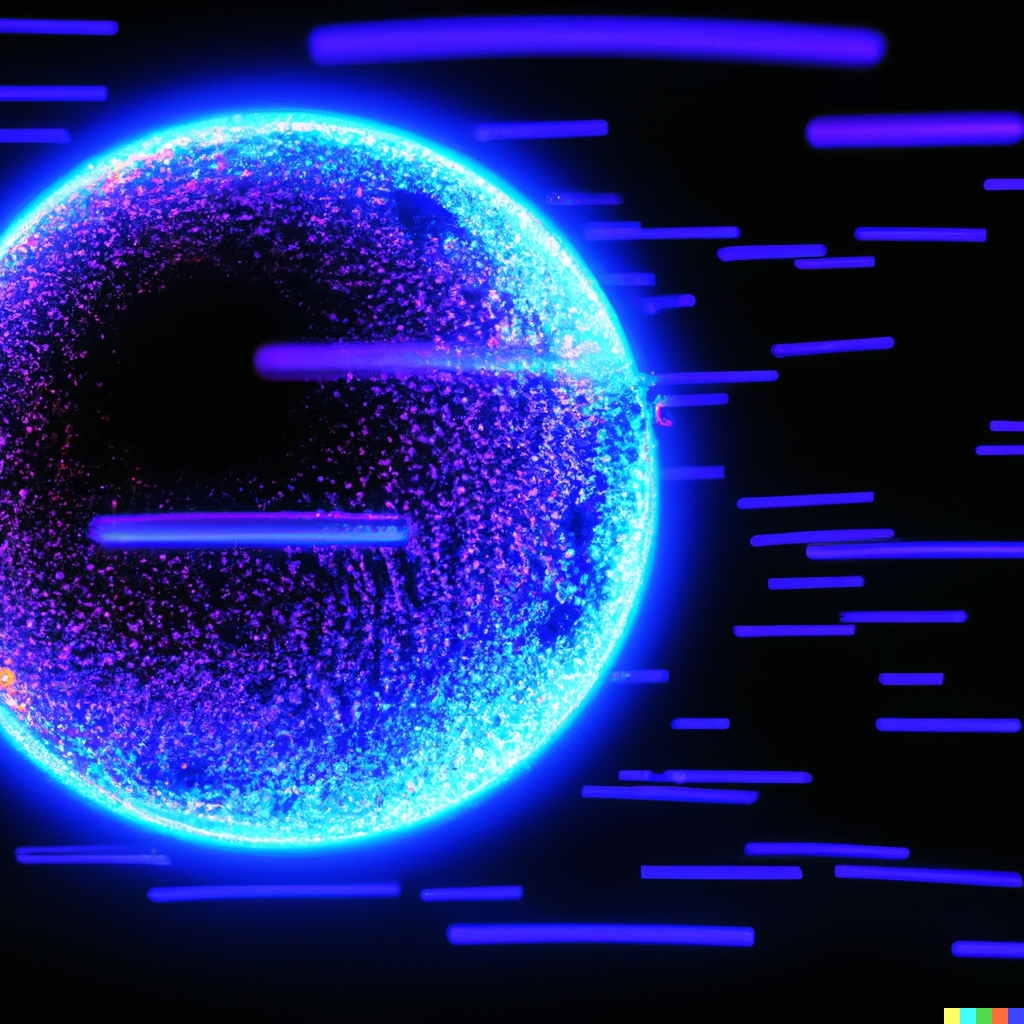
High-energy physics is the study of the fundamental particles and forces of nature at high energies. Here are some specializations within high-energy physics:
- Particle detectors: This specialization involves the design, construction, and operation of detectors that can measure the properties of particles produced in high-energy physics experiments, such as the Large Hadron Collider (LHC).
- Particle accelerators: This specialization involves the design, construction, and operation of particle accelerators that can produce high-energy particles for high-energy physics experiments.
- Particle physics theory: This specialization involves the development and refinement of theoretical models that describe the behavior of particles and forces at high energies, including the exploration of new theoretical frameworks such as supersymmetry and extra dimensions.
- Dark matter and dark energy: This specialization involves the search for evidence of dark matter and dark energy, which are believed to make up a significant portion of the universe but cannot be directly observed.
- Neutrino physics: This specialization involves the study of neutrinos, which are fundamental particles that interact weakly with matter, and their role in particle physics and astrophysics.
- Cosmic rays: This specialization involves the study of high-energy particles that originate in outer space and their interaction with the Earth’s atmosphere and magnetic field.
- Collider physics: This specialization involves the study of the particles produced in high-energy particle collisions, including the discovery of new particles and the measurement of their properties.
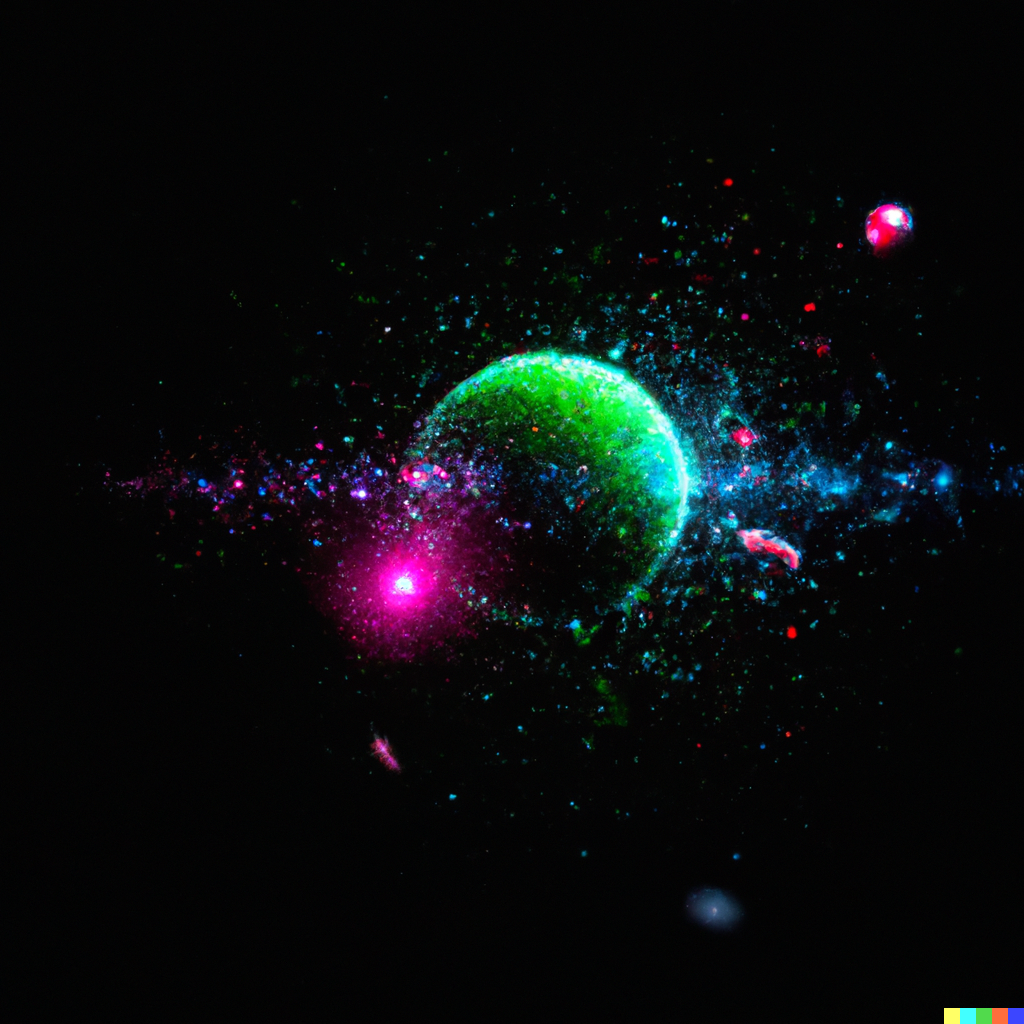
Particle astrophysics is the study of high-energy particles and radiation from astronomical sources, and their interactions with matter and radiation in the universe. Here are some specializations within particle astrophysics:
- Neutrino astrophysics: This specialization involves the study of neutrinos from astronomical sources such as supernovae, cosmic rays, and the Sun, and their interactions with matter and radiation.
- Cosmic rays: This specialization involves the study of high-energy particles that originate in outer space and their interaction with the Earth’s atmosphere and magnetic field.
- Dark matter: This specialization involves the study of the properties and distribution of dark matter in the universe, including the search for evidence of dark matter using a variety of experimental techniques.
- Gamma-ray astronomy: This specialization involves the study of gamma rays, which are high-energy photons, from astronomical sources such as supernovae, black holes, and gamma-ray bursts.
- Cosmic microwave background: This specialization involves the study of the cosmic microwave background radiation, which is the afterglow of the Big Bang, and its implications for the early universe.
- Gravitational waves: This specialization involves the study of gravitational waves, which are ripples in space-time, and their detection using gravitational wave observatories such as LIGO and Virgo.
- Astroparticle physics: This specialization involves the study of the interplay between particle physics and astrophysics, including the development of new theories and models to explain the observed phenomena in the universe.
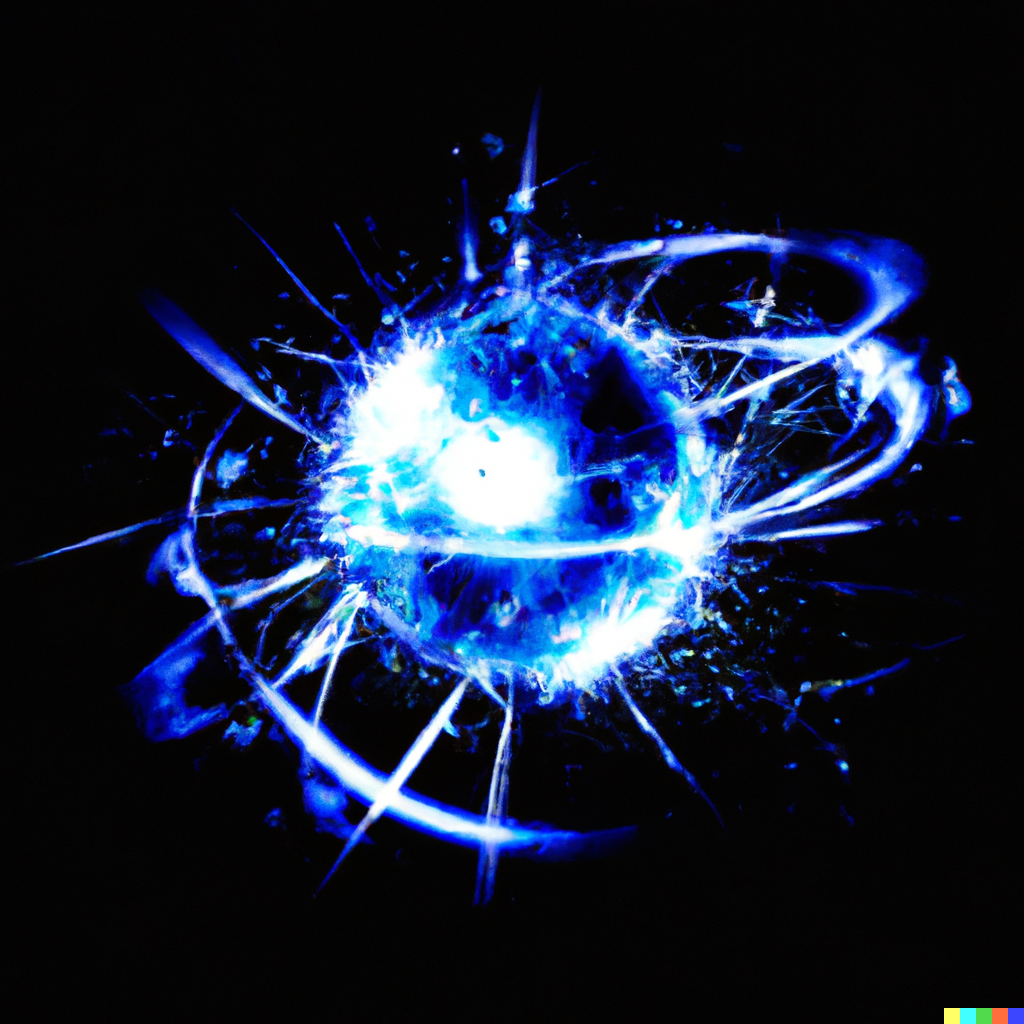
Cosmology is the study of the origin, evolution, and structure of the universe. Here are some specializations within cosmology:
- Big Bang theory: This specialization involves the study of the origin of the universe and the evolution of the universe from its earliest moments to the present day, including the formation of galaxies, stars, and planets.
- Dark matter: This specialization involves the study of the properties and distribution of dark matter in the universe, including the search for evidence of dark matter using a variety of experimental techniques.
- Dark energy: This specialization involves the study of the accelerating expansion of the universe, and the role of dark energy in driving this expansion.
- Cosmic microwave background radiation: This specialization involves the study of the cosmic microwave background radiation, which is the afterglow of the Big Bang, and its implications for the early universe.
- Large-scale structure of the universe: This specialization involves the study of the distribution of galaxies and other cosmic structures on very large scales, and the use of this information to test models of cosmology.
- Inflationary cosmology: This specialization involves the study of the early universe and the role of inflation, a period of exponential expansion, in explaining the large-scale structure of the universe.
- Gravitational waves: This specialization involves the study of gravitational waves, which are ripples in space-time, and their detection using gravitational wave observatories such as LIGO and Virgo, and their implications for cosmology.
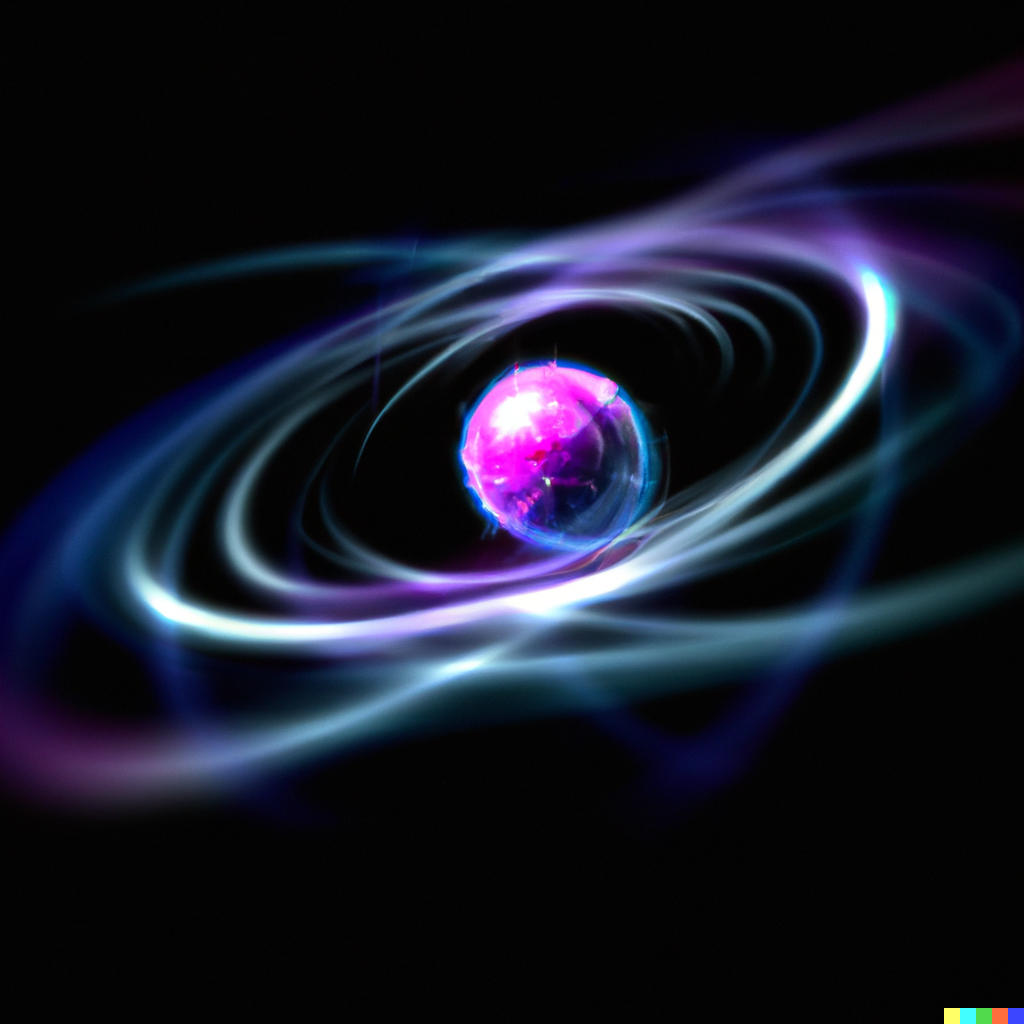
Neutrino physics is the study of the properties and behavior of neutrinos, which are fundamental particles that interact weakly with matter. Here are some specializations within neutrino physics:
- Neutrino detection: This specialization involves the design, construction, and operation of detectors that can measure the properties of neutrinos, including their energy, direction, and flavor.
- Neutrino oscillation: This specialization involves the study of neutrino oscillations, which is the phenomenon where neutrinos change their flavor as they travel through space or matter, and its implications for particle physics and astrophysics.
- Neutrino astrophysics: This specialization involves the study of neutrinos from astronomical sources such as supernovae, cosmic rays, and the Sun, and their interactions with matter and radiation.
- Neutrinoless double beta decay: This specialization involves the search for evidence of neutrinoless double beta decay, which is a rare nuclear process that could provide insight into the nature of neutrinos and the violation of conservation laws.
- Neutrino interactions with matter: This specialization involves the study of the interactions between neutrinos and matter, including the development of models and simulations to understand these interactions and their implications for neutrino detection and astrophysics.
- Neutrino mass and hierarchy: This specialization involves the study of the masses of different types of neutrinos, including the search for evidence of the ordering of the neutrino masses, which could provide insight into the fundamental nature of particle physics.
- Neutrino experiment design and analysis: This specialization involves the development of new experimental techniques and methods for analyzing data from neutrino experiments, including the use of machine learning and statistical methods.
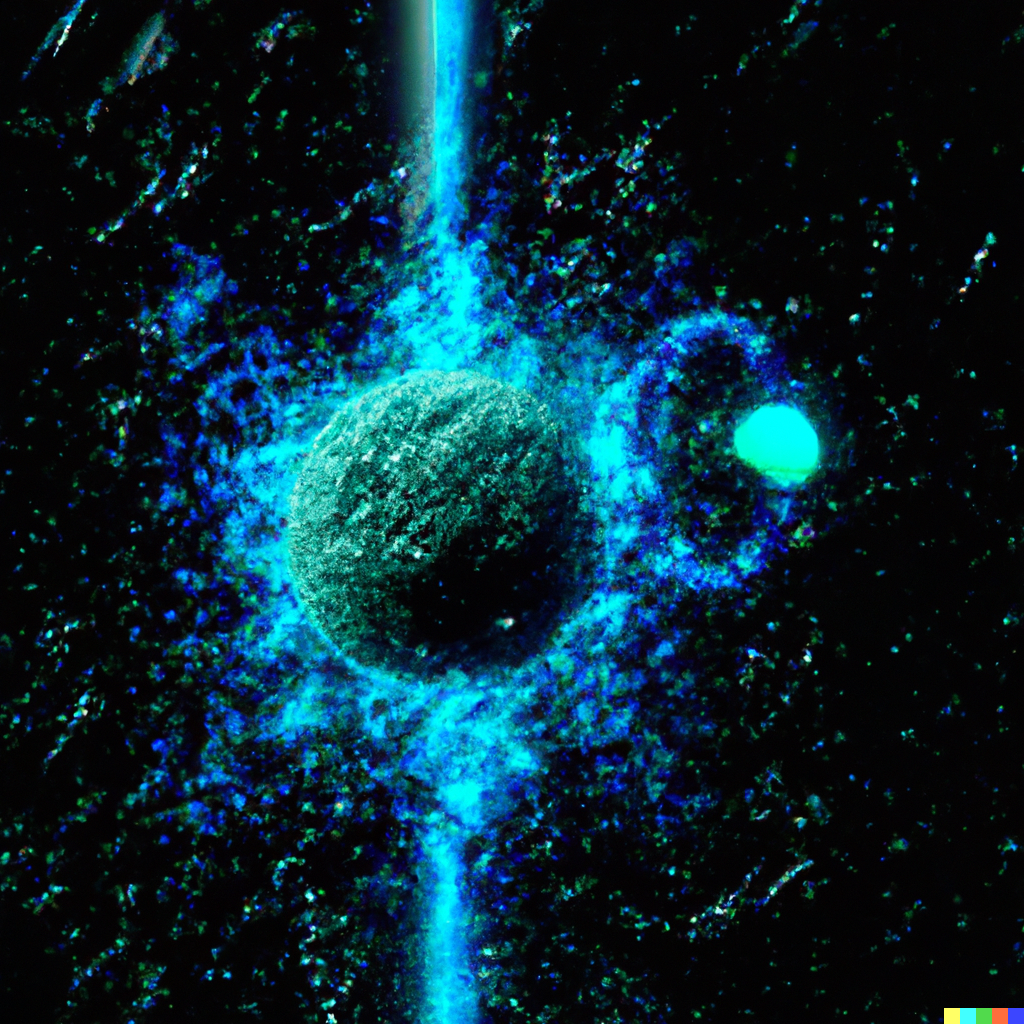
Collider physics is the study of the particles produced in high-energy particle collisions and the interactions between these particles. Here are some specializations within collider physics:
- Detector design and construction: This specialization involves the design, construction, and operation of detectors that can measure the properties of particles produced in high-energy particle collisions, such as those at the Large Hadron Collider (LHC).
- Event reconstruction and analysis: This specialization involves the development of algorithms and techniques for reconstructing the properties of particles produced in high-energy particle collisions and analyzing the resulting data.
- Standard Model physics: This specialization involves the study of the fundamental particles and forces of nature predicted by the Standard Model of particle physics and the verification of these predictions through collider experiments.
- Beyond the Standard Model physics: This specialization involves the search for evidence of new physics beyond the Standard Model, such as supersymmetry or extra dimensions, through collider experiments.
- Heavy ion collisions: This specialization involves the study of the collisions of heavy ions, such as lead or gold nuclei, at high energies and their implications for nuclear physics and the early universe.
- Top quark physics: This specialization involves the study of the properties and behavior of the top quark, the heaviest known fundamental particle, and its role in particle physics.
- Higgs boson physics: This specialization involves the study of the properties and behavior of the Higgs boson, the particle that gives mass to other fundamental particles, and its role in particle physics and the early universe.
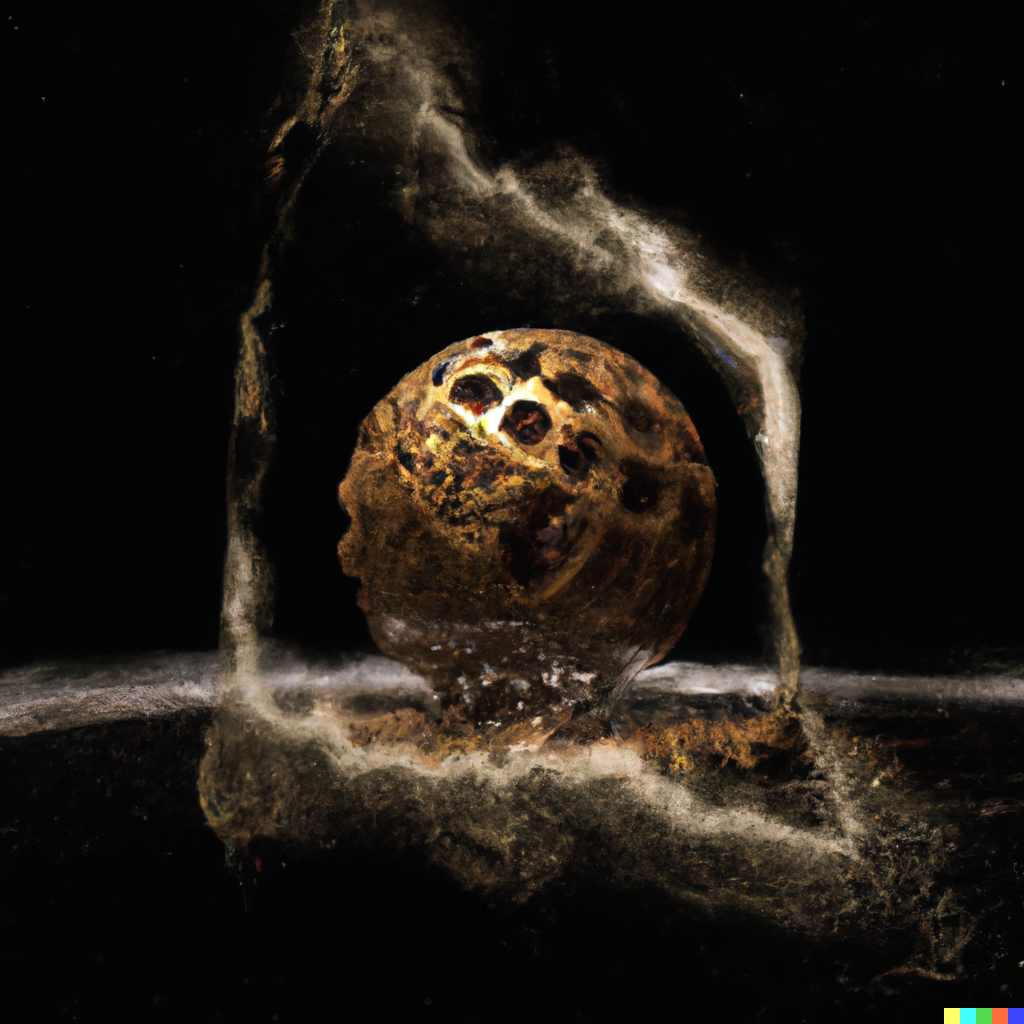
Flavor physics is the study of the properties and interactions of particles that differ in their flavor, which is a quantum number that distinguishes particles of the same type but with different masses or weak interaction states. Here are some specializations within flavor physics:
- B physics: This specialization involves the study of the properties and behavior of particles containing bottom quarks, including the measurement of their lifetimes, decay rates, and branching fractions.
- CP violation: This specialization involves the study of CP violation, which is the phenomenon where the laws of physics are not symmetrical under the combined operations of charge conjugation (C) and parity (P) transformations, and its implications for particle physics and cosmology.
- Kaon physics: This specialization involves the study of the properties and behavior of particles containing kaons, including the measurement of their lifetimes, decay rates, and branching fractions.
- Flavor tagging: This specialization involves the development of techniques and algorithms for identifying the flavor of particles produced in high-energy collisions, such as those at the Large Hadron Collider (LHC).
- Heavy flavor spectroscopy: This specialization involves the study of the spectroscopy of particles containing heavy quarks, including the discovery and characterization of new particles and their properties.
- Rare decays: This specialization involves the study of rare decays of particles containing heavy quarks, including the search for evidence of new physics beyond the Standard Model.
- Charm physics: This specialization involves the study of the properties and behavior of particles containing charm quarks, including the measurement of their lifetimes, decay rates, and branching fractions.
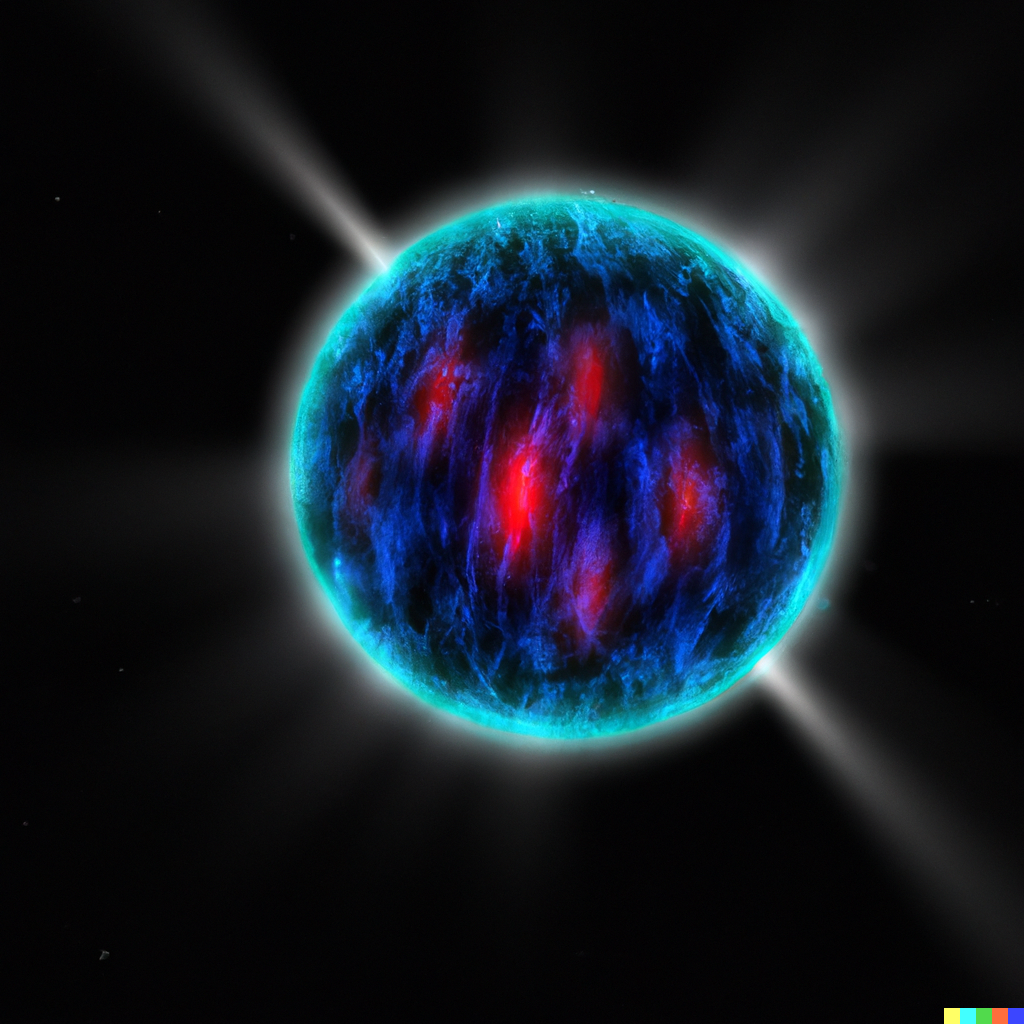
Quantum chromodynamics (QCD) is the study of the strong force, which is one of the fundamental forces of nature that binds quarks and gluons together to form protons, neutrons, and other hadrons. Here are some specializations within quantum chromodynamics:
- Lattice QCD: This specialization involves the use of numerical simulations to solve the equations of QCD on a discrete space-time lattice and calculate the properties of hadrons and other strongly interacting particles.
- Perturbative QCD: This specialization involves the use of perturbation theory to calculate the properties of high-energy scattering processes involving quarks and gluons.
- Parton distribution functions: This specialization involves the study of the distribution of quarks and gluons within hadrons, and the use of parton distribution functions to predict the properties of high-energy scattering processes.
- Jet physics: This specialization involves the study of the properties and behavior of high-energy sprays of particles called jets, which are produced in collisions involving quarks and gluons.
- Heavy ion collisions: This specialization involves the study of the collisions of heavy ions, such as lead or gold nuclei, at high energies and their implications for QCD and the properties of the quark-gluon plasma.
- QCD phenomenology: This specialization involves the development of theoretical models and methods for understanding the properties of hadrons and other strongly interacting particles, and the comparison of these models with experimental data.
- Non-perturbative QCD: This specialization involves the study of the non-perturbative properties of QCD, such as confinement and chiral symmetry breaking, and their implications for hadron physics and the structure of the vacuum.
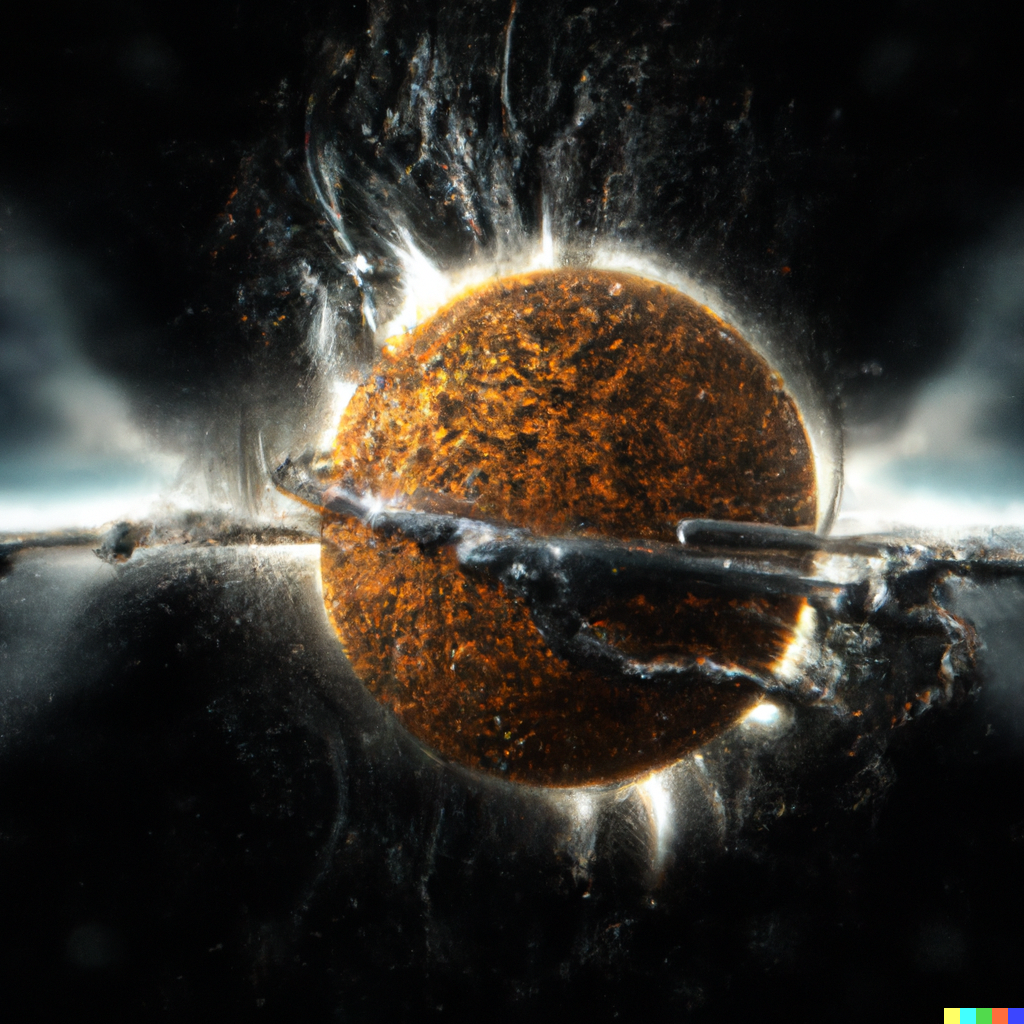
eyond the Standard Model (BSM) physics is the study of physics beyond the framework of the Standard Model of particle physics, which is the prevailing theory describing the fundamental particles and their interactions. Here are some specializations within BSM physics:
- Supersymmetry: This specialization involves the study of supersymmetry, which is a hypothetical symmetry between particles with integer and half-integer spin and its implications for particle physics and cosmology.
- Extra dimensions: This specialization involves the study of theories with extra dimensions beyond the four dimensions of space-time that we experience, and their implications for particle physics and cosmology.
- Dark matter: This specialization involves the study of dark matter, which is a hypothetical form of matter that does not interact with light and other forms of electromagnetic radiation, and its implications for particle physics and cosmology.
- Neutrino physics: This specialization involves the study of the properties and behavior of neutrinos, and their potential role in explaining phenomena beyond the Standard Model.
- Grand Unified Theories: This specialization involves the study of theories that unify the strong, weak, and electromagnetic interactions of the Standard Model, and their implications for particle physics and cosmology.
- Composite models: This specialization involves the study of models in which the fundamental particles are composite structures made up of smaller constituents, and their implications for particle physics and cosmology.
- Technicolor: This specialization involves the study of technicolor, which is a hypothetical strong force that could replace the Higgs mechanism in the Standard Model, and its implications for particle physics and cosmology.







